The University of St. Thomas has not yet chosen a concrete campus reopening plan for the fall semester, but several different proposals have been created, according to UST Director of Marketing Jeff Olsen. Whichever proposal is eventually chosen depends on the course of COVID-19, and a set plan should be announced around the first part of August, Olsen said.
Like universities across the country, UST is scrambling to stay ahead of the pandemic’s changing path. One of its fall plans would allow for so-called hybrid classes for courses that have 20 or more students enrolled, and also give students the option of attending classes online only if they don’t feel comfortable with the in-person portion of those classes–an option nicknamed the “HyFlex plan” by many in higher education.
“If there is a Tuesday/ Thursday class, they would be split in a ‘A’ group and a ‘B’ group, so 10 students [with safe distancing] would attend class in person on Tuesday, and watch a livestream of class on Thursday,” Olsen explained. “It then enables anyone who doesn’t want to come [in person] at all to watch the livestream.”
In some cases, Olsen said, classes would be recorded so students could access them at any time, but Olsen said they wouldn’t be offered across the board.
“That’s not the basis of our plan,” Olsen said.
Nonetheless, professors have the option to move their classes online regardless of which plan the University chooses, Olsen said.
“We could never ask faculty members who might not be comfortable doing face-to-face classes because they are older or they have a condition that makes them at-risk [to teach in-person classes],” Olsen said. “We could never put them in harm’s way…so we are trying to accommodate them.”
Some faculty are choosing the online-only option already. In June, mathematics, computer science and corporate engineering professor Mary Flagg emailed her students announcing she will conduct her fall semester classes online regardless of the University’s decision about opening campus.
Flagg wrote in an email to the Independent that her classes, specifically finite math, are “interactive” and involve group work, and that they would work best on Zoom.
“I also realize that the interactive classroom was going to be extremely difficult with social distancing and masks, and I did not want to go back to strict lecture,” Flagg wrote.
According to UST Police Chief H.E. Jenkins, who is responsible for overseeing the logistics of proper health and safety precautions, there will be a mask requirement at any on-campus location along with signage to remind students to wear masks, maintain social distance and wash their hands, Around campus, paw prints on the ground will also indicate a 6- foot distance. In the classroom, chairs and desks will be spaced 6 feet apart too.
“We went through each building and identified places where we need to put Plexiglas™, where we need to put the paw prints on the ground for social distancing, where we need to put hand sanitizer so that there are more active people cleaning their hands,” Jenkins said.
Cleaning staff, he said, will be limited to cleaning general areas only. There will be wipes in every classroom for students and faculty to sanitize their areas.
Jenkins said the University has also bought a machine that will clean a “whole area” using disinfectant spray.
“We will be doing that on a nightly basis to make sure everything is clean,” Jenkins said.
Since COVID-19 appeared to be a pressing issue in America, Jenkins said he and other UST administrators have often discussed safety procedures with other Houston higher education institutions, and posed questions to different doctors around the area regarding health guidelines. They continue to do so.
Ultimately, however, Jenkins said he expects some people will get COVID-19 on campus.
“I think we are doing a good job of trying to lessen the potential of it happening here as much as possible,” Jenkins said. Nonetheless, “the World Health Organization has come down and said it’s airborne more than a touch [virus]; when you have that, you are going to have cases.”
To combat the virus’ potential spread on campus, Jenkins and other administrative staff who make up an emergency task force, have created a “flow chart” to trace any exposure on campus.
Jenkins said a group of about 15-20 faculty members have also been trained in a six-hour Johns Hopkins University class that establishes guidelines for contact tracing and protocol for any potential campus-wide exposure.These faculty contact-tracers are called “Healthy Celt Trackers,” he said
“They will find out who the infected student has been around, and those kinds of things,” Jenkins said.
The group will also assess how the University should deal with any on-campus cases.
If a student or faculty member suspects they have COVID-19, Jenkins said professors of the student will notify their classes. The classes may go online for some days, and the classrooms where the student was will be shut down for 24 hours to be disinfected.
Plans for potentially infected students who live on campus are in place, too. The University townhouses will house campus residents who must quarantine for two weeks, Jenkins said. In addition to meals and trash service, quarantined residents will have their mental health cared for.
“Being alone for 14 days by yourself while being quarantined is not always the healthiest situation,” Jenkins said. “If we start seeing symptoms of somebody becoming depressed we can engage them with our Counseling and Disabilities so we can give them the needed help.”
Another aspect of ”normal” on-campus life will be run differently: student group meetings. Some groups will need to remain online or meet in rooms allowing for 6-foot distancing between people.
“We all just have to change the way we meet and do business,” Jenkins said.
The University sent students a survey on July 10 asking for their preferences about the fall semester. Students were asked to rank options that included “in-person with social distancing and sanitation requirements in place,” “online only,” “combination of in-person and on-line / hybrid,” and “choice of in-person or online.” Students could also write their thoughts or suggestions.
In an email to the Independent, senior theology and philosophy major Ari Estis wrote she prefers classes be held completely online, which would limit the traffic of people on campus to students and faculty who are there for “necessities” such as theatre performances and labs.
“This dynamic would also allow students and professors to focus their energy on one form of education, online, instead of having to balance online, in-person, and general chaos from the pandemic since everyone would be in semi-close quarters [on campus],” Estis wrote.
Estis said she was unsure how the fall semester would pan out, so she took as many online summer classes as she could to minimize her exposure to COVID-19 while on campus this fall. As an “essential worker” at Starbucks who works to make rent, and an asthmatic with a compromised immune system, Estis said she worries any exposure on campus would affect her ability to work.
“I am already having to rely on the hygiene of my coworkers to make sure I stay safe,” Estis wrote. “I can easily tell the 10 people I work with how they put my life in danger if they aren’t careful, but not the entire student body.”
Sophomore English major Aaron Persichetti has a different perspective. In an email to the Independent, Persichetti wrote he wants the campus to be open this fall with normal features of the “post-covid world”: masks, hand sanitizer and social distancing.
Persichetti wrote he has found it hard to remain focused while schooling at home, and that he learns better in a classroom setting. He wrote that he values the small class sizes and special interaction with professors at UST, and feels online classes would hinder that experience for all students.
Persichetti is often frustrated during class discussions conducted via livestream.
In a recent Blackboard-online English class “I noticed that it is very difficult to speak without interrupting someone due to the lag of the technology,” Persichetti wrote.
“This might seem like a trifle compared to what is going on in the world…However, if I merely wanted a degree I could have easily obtained one via myriad ‘online institutions’ for a fraction of the cost,” he wrote.
If fall classes go online-only, Persichetti suggested students petition for the library, at least, to remain open.
Lastly, Olsen said student and professor input is an important deciding factor for what the University will do.
“Above all, we’re taking all this stuff and really trying to consider what is best for students, faculty and staff, what is best for our community, so that we can still provide a good learning environment,” Olsen said. “It’s a tricky one.”

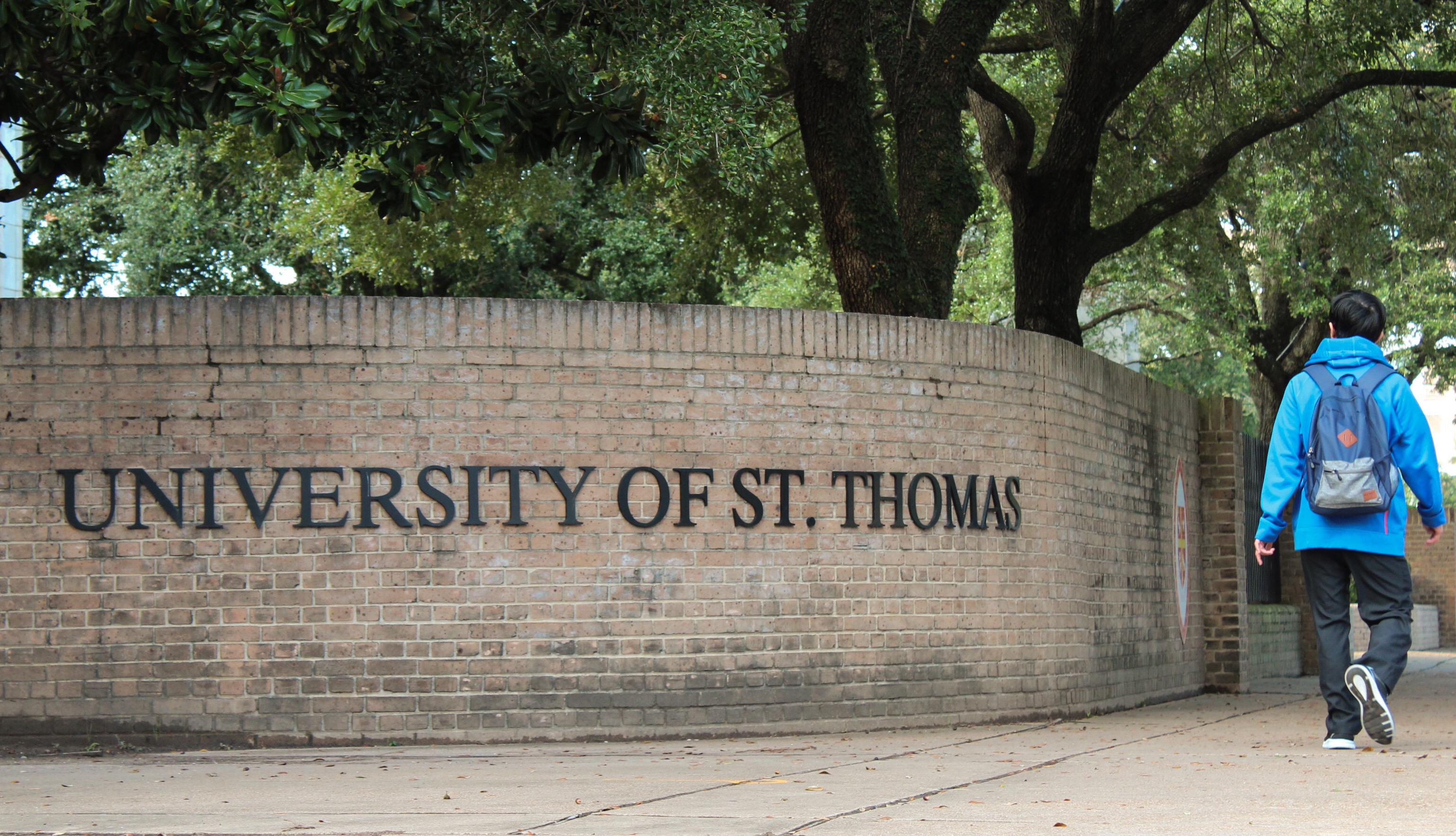

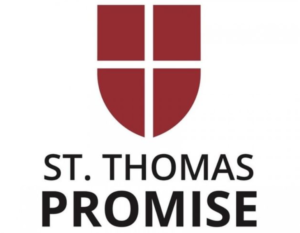


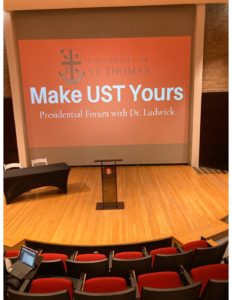
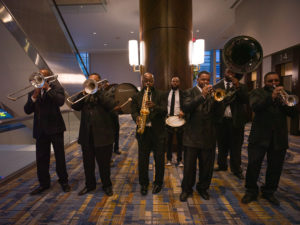
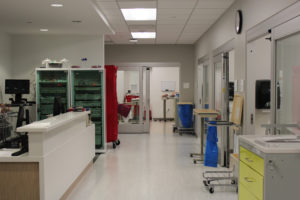

Be First to Comment